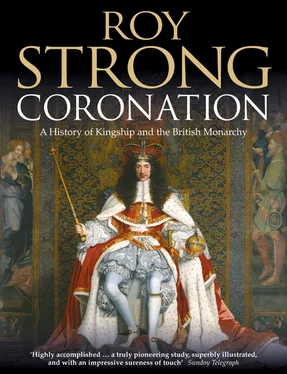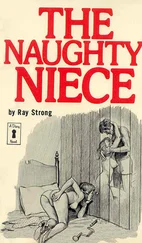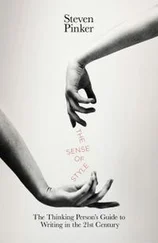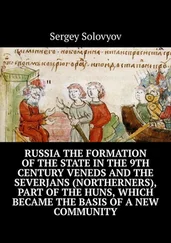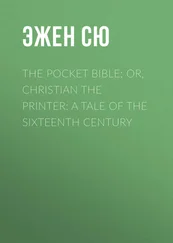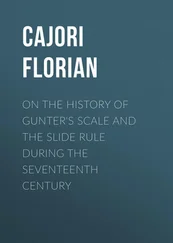29 The Abbey of Westminster is to receive on the day a hundred bushels of corn and a ‘modius’ of wine and of fish.
30 The sceptres are to be returned to the Abbey immediately after the feast to join the rest of the regalia there, ‘the repository of the royal ensigns for ever, by papal bulls, kings’ charters, and old custom always observed’. A list then follows of the principal officers at the feast.
The text also contains provision for the Coronation of a queen either with a king or on her own. It stipulates that she is to be attired in crimson devoid of embroidery and that her hair should be worn loose and held by a jewelled circlet. When she is crowned on her own she is anointed only on the head and given a sceptre in addition to a ring and a crown. When she is crowned with her husband she is anointed also on the breast and receives in addition a rod. All these indicate that the crowning on her own of a queen is an earlier rite elaborated in the joint Coronation ordo, which elevates queenship on to a level comparable to that of the king. 20
Even the full text, of which I have given only a synopsis, does not provide for every contingency as any attempt to restage even in the mind’s eye a Coronation quickly reveals. Full though the rubrics are, they are still not full enough and the ordo remains a play text awaiting its director and designer. Anyone who has been involved with elaborate royal ceremonial knows (I speak from experience) that much can be improvised for a particular event and not even written down, so that the gap between the text of the Fourth Recension and what actually happened on the day could well have been substantial. Between 1216 and 1327 there are only six Coronations: Henry III (1216 and 1220), Eleanor of Provence (1236), Edward I (1274), Edward II (1308) and Edward III (1327). 21 Our knowledge of these is fuller for some than for others, but it is a fragmentary story rather like a jigsaw puzzle from which some of the most important pieces are missing and, moreover, are likely to remain so. Collectively, however, they take the story forward. In particular, they mirror the power struggles at the heart of this century and a half of Plantagenet rule.
In order to understand the change in focus in the Coronation during the thirteenth and fourteenth centuries we need to reconnoitre back in time to the disastrous reign of Henry III’s father, John, when relationships between the king and his magnates totally collapsed. John had not only broken rules of conduct which feudal society had regarded as sacrosanct, but lost England’s continental empire to France and been locked into a seven-year struggle with the pope over the appointment of a new Archbishop of Canterbury, leading to the country being laid under an interdict. Peace was made with the pope, by which the kingdom was received as a papal fief, only to be followed by a disastrous war with France. In May 1215 the king was forced to put his seal to the Great Charter or Magna Carta.
This document set the agenda for the centuries to follow, a foundation stone which saw the king as someone no longer answerable to God alone but also to the law. No fewer than sixty clauses put into writing an agreed body of laws covering every aspect of government and of the relationship of the king to his subjects. The importance of Magna Carta only grew with time, but in a single document we see embodied a change of focus which was to radically affect the Coronation.
The fifty-six-year rule of Henry III was about the maintenance of some constraints on a king who still sought a continental empire, who was arrogant, extravagant and obstinate and whose aim was to be absolute. Both the new Abbey and the transformation of Westminster Palace were visual manifestations of his mania for majesty on the grand scale. His reign was punctuated by conflicts with the barons. For almost a decade, between 1257 and 1265, king and barons were locked in a power struggle over the control of central government. The magnates attempted to force the king to rule according to a Council of Fifteen of their own choosing. Civil war resulted, the king winning when the barons were defeated at the battle of Evesham and their leader, Simon de Montfort, was slain. During this strife the vehicle for reconciliation became the Great Council to which, as the reign progressed, came not only the magnates but knights of the shires and burgesses representing the towns. These began to be called ‘parliaments’, parleys between the king and his subjects about affairs of state. Parliament was an emergent institution which was destined to play a major role in the Coronation’s history. By the fourteenth century Parliament invariably followed every Coronation.
Although there were periodic clashes between the king and the barons, for the majority of the time they worked together in harmony governing the state. That depended, however, on the king observing the rules, the key one of which was to keep a check on patronage, his distribution of rewards and benefits. Neither Henry III nor his warrior son, Edward I, the conqueror of Wales, could be faulted on that score, but in 1307 there came to the throne a king who ushered on to the scene a new phenomenon, the royal favourite. The wayward Edward II’s passion for Piers Gaveston upset the balance dramatically, so much so that it was to precipitate a major change in the Coronation oath.
As in so much about the early history of the Coronation we are hampered in the case of the oath by uneven evidence. 22 It is generally accepted that Richard I’s oath was different from the standard tria praecepta. What had been the second promise was replaced by the third one and a new third promise was introduced, in which the monarch guaranteed the observation of good laws and customs and the abolition of evil. The old clause two, which prohibited rapacities and iniquities, was dropped. According to the chronicler Matthew Paris, John swore a different oath again and the young Henry III made that taken by Richard I. Nothing is known about the oath taken at the Coronation of Edward I, although we do know that he swore an additional fourth clause prohibiting the alienation of the rights of the Crown. This we discover through papal letters, and it certainly went back to Henry III, although whether it was tacked on to the king’s Coronation oath or to an oath of fealty whereby he recognised papal overlordship is unknown. What this embodied was the development of the notion of the crown in connexion with the idea of the inalienability of royal rights and possessions by whoever temporarily might be wearing it. The concept of the crown as an abstract entity was common in England since the twelfth century, but in the course of the thirteenth century the impersonal crown also gained constitutional importance.
None of all this could ever have anticipated the revolutionary oath which the wayward Edward II was forced to accept in 1308. This time the whole format was recast. The third promise was turned into an introduction, the two promises which followed it remained the same, but the fourth was dramatically new. In it the king bound himself to observe the future laws made by the community of the realm. The fact that so many copies of this oath exist is an index as to just how significant it was regarded in retrospect. Both the Latin and the Anglo-Norman text (which was the one the king used) therefore survive. In the former, Edward swore to keep the just laws quas vulgus elegerit. In the latter, ‘les quels la communaute de vostre roialme aura eslu’. The word vulgus is not exactly the same as la communaute de vostre roialme, though at the time they must have regarded it as equivalent. By 1308 the magnates were increasingly calling upon the populus, vulgus or the ‘people’ in support of their opposition to the king. What the oath brought centre stage at the Coronation was the king’s relationship with his own people and the rules which should circumscribe it.
Читать дальше
